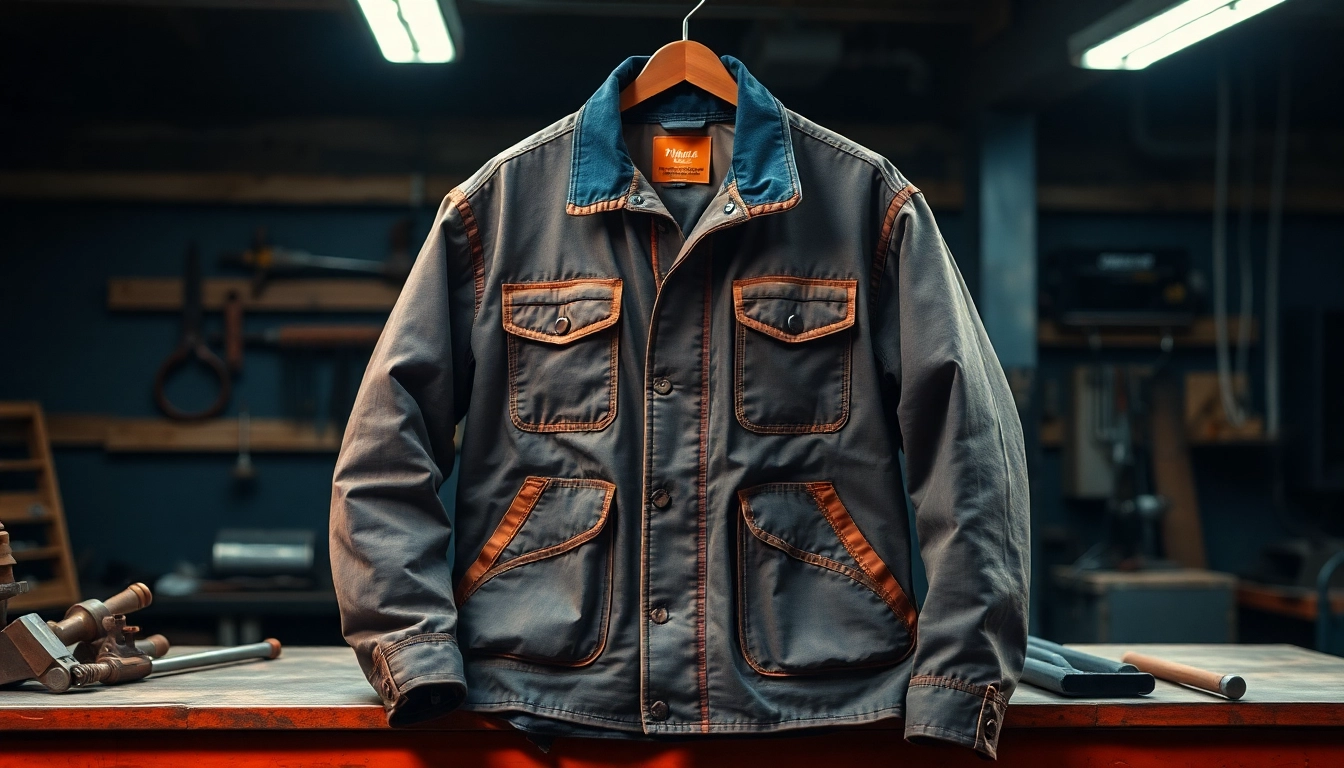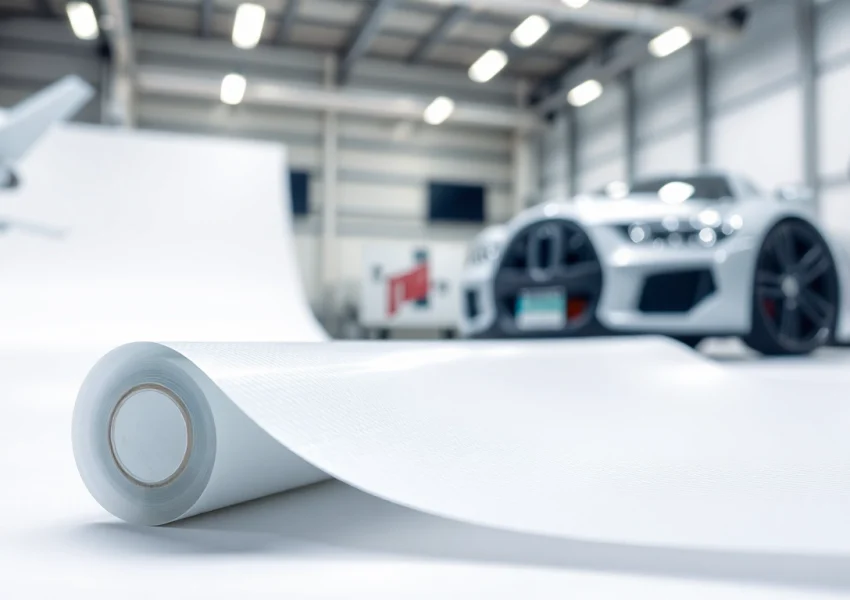Understanding Welding Jackets
Welding is a highly skilled trade that comes with its own set of risks and hazards. One essential piece of protective gear in the welding profession is the welding jacket. These jackets are specifically designed to shield welders from sparks, heat, and spatter, ensuring safety and comfort on the job. Understanding what makes a welding jacket necessary, its key features, and the various types available can drastically improve welding safety protocols in any workplace.
What Makes a Welding Jacket Necessary?
Welders are frequently exposed to extreme conditions, including high temperatures and flying molten metal, which can result in serious injuries or burns. A welding jacket serves as a vital barrier, providing flame resistance and additional durability against abrasions. Besides offering physical protection, a well-fitted welding jacket also plays a psychological role; it can instill confidence in welders that they are adequately protected against workplace hazards.
Key Features to Look For in a Welding Jacket
While selecting a welding jacket, several key features must be considered:
- Flame Resistance: The material of the jacket must be flame-resistant, typically made from cotton or leather. Look for jackets that comply with safety standards like NFPA 701 or ASTM D6413.
- Comfort and Breathability: Since welders often need their jackets for long durations, breathable materials that wick moisture away are essential for comfort.
- Coverage and Fit: Jackets should offer sufficient coverage (usually past the waist) while allowing free movement. Adjustable cuffs, collars, and hems enhance fit.
- Durability: Reinforced stitching and high-quality zippers increase longevity, resisting wear and tear from constant movement and exposure to debris.
Types of Welding Jackets Available
Welding jackets come in various designs and materials. Here are the most common types:
- Cotton Welding Jackets: Made from flame-resistant cotton, these jackets are soft, lightweight, and comfortable. They are ideal for lighter welding tasks.
- Leather Welding Jackets: Offering superior heat and spark protection, leather jackets are often more durable and are better suited for heavy welding applications.
- Combination Jackets: These feature a blend of materials (cotton and leather) for balanced protection and comfort. They typically have leather sleeves with a cotton body, combining the best attributes of both materials.
Materials Used in Welding Jackets
The effectiveness of a welding jacket is heavily linked to the materials used in its construction. Understanding the advantages of different fabrics helps in making an informed buying decision.
Advantages of Cotton Welding Jackets
Cotton is a popular material for welding jackets due to its availability and comfort. Some advantages include:
- Comfortable Fit: Cotton is soft against the skin and does not cause irritation, making it ideal for long work hours.
- Breathability: This natural fabric allows for ventilation, reducing heat buildup and moisture retention.
- Easy Maintenance: Cotton jackets are generally easy to clean and maintain, making them a practical choice for many welders.
Benefits of Leather in Welding Apparel
Leather provides many advantages, particularly in environments where sparks and heat are prevalent:
- Superior Protection: Leather is robust and offers excellent protection against sparks, heat, and flames.
- Lengthened Durability: Leather welding jackets can outlast their cotton counterparts when subjected to rigorous wear.
- Natural Resistance: Leather typically has inherent qualities that resist wear, punctures, and abrasions.
Comparison of Fabric Options for Safety and Comfort
When comparing cotton and leather, it’s important to evaluate the specific welding environment and task at hand. For lighter welding tasks, cotton may suffice, whereas leather is preferable for welding involving heavy equipment or high-spatter scenarios. Prospective buyers should consider their specific needs regarding durability, comfort, and protection level when selecting between these materials.
Choosing the Right Fit and Size
Choosing the right welding jacket is not only about the material; it also requires attention to fit and size for optimal safety.
Measuring for a Properly Fitted Welding Jacket
A properly fitted welding jacket should allow for both safety and mobility. To find your size, consider taking the following measurements:
- Chest Size: Measure around the fullest part of your chest while keeping the tape level under your arms.
- Waist Size: Measure around the natural waistline.
- Arm Length: Measure from the shoulder seam to the wrist while holding your arm slightly bent.
Importance of Mobility and Comfort in Workwear
Welders require maximum mobility to perform their tasks effectively. A welding jacket that is too tight can hinder movement, potentially leading to accidents. Consider looking for jackets with features that improve mobility, such as gusseted armpits or stretch materials for flexibility.
Common Size Guides Across Brands
Different brands may have different sizing charts. It is advisable to check these charts before making a purchase. Some of the leading brands such as Lincoln Electric and Miller Electric provide size guides to help you choose the right fit, ensuring that the jacket is neither too tight nor too loose.
Caring for Your Welding Jacket
Proper care and maintenance of your welding jacket can extend its lifespan significantly, saving you both time and money.
Cleaning and Maintenance Tips
The cleaning method will depend on the material of your welding jacket:
- Cotton Jackets: Most cotton jackets can be machine-washed with mild detergent and hung to dry.
- Leather Jackets: Leather requires special care; use a damp cloth for spot cleaning and a leather conditioner to maintain its integrity.
How to Extend the Life of Your Jacket
To prolong the life of your welding jacket:
- Avoid prolonged exposure to heat sources when not working.
- Store jackets in a cool, dry place away from direct sunlight.
- Inspect the jacket regularly for any damages or signs of wear.
Identifying Signs of Wear and When to Replace
Signs that indicate it may be time to replace your welding jacket include:
- Visible burns or melting.
- Frayed seams or fabric.
- Loss of flame-resistant properties (check for certification details).
- Inability to maintain a proper fit.
Where to Buy the Best Welding Jacket
Finding a reliable source for purchasing a welding jacket is essential for ensuring you receive a quality product that meets safety standards.
Top Retailers for Quality Welding Gear
There are several reputable retailers from which to purchase welding jackets, both online and in-store:
- Welders Supply: They offer a significant range of protective gear, including various styles of welding jackets.
- Amazon: A convenient source for many brands, including Lincoln Electric and Black Stallion.
- Local Welding Supply Stores: Often have knowledgeable staff who can help you find the right jacket for your needs.
Online vs. In-Store Purchases: Pros and Cons
Purchasing online can provide a wider selection and often better prices; however, it can also come with downsides, including limited opportunity to try on or assess the jacket in person. In contrast, in-store shopping allows for a more tactile experience but may not offer as many options or competitive pricing.
Considering Customization Options for Increased Safety
Some manufacturers offer customization options for welding jackets. This can include added pockets for tools, custom sizes, or personalized branding. Customized jackets can enhance comfort and utility, making them an attractive option for professionals who need specialized gear.






